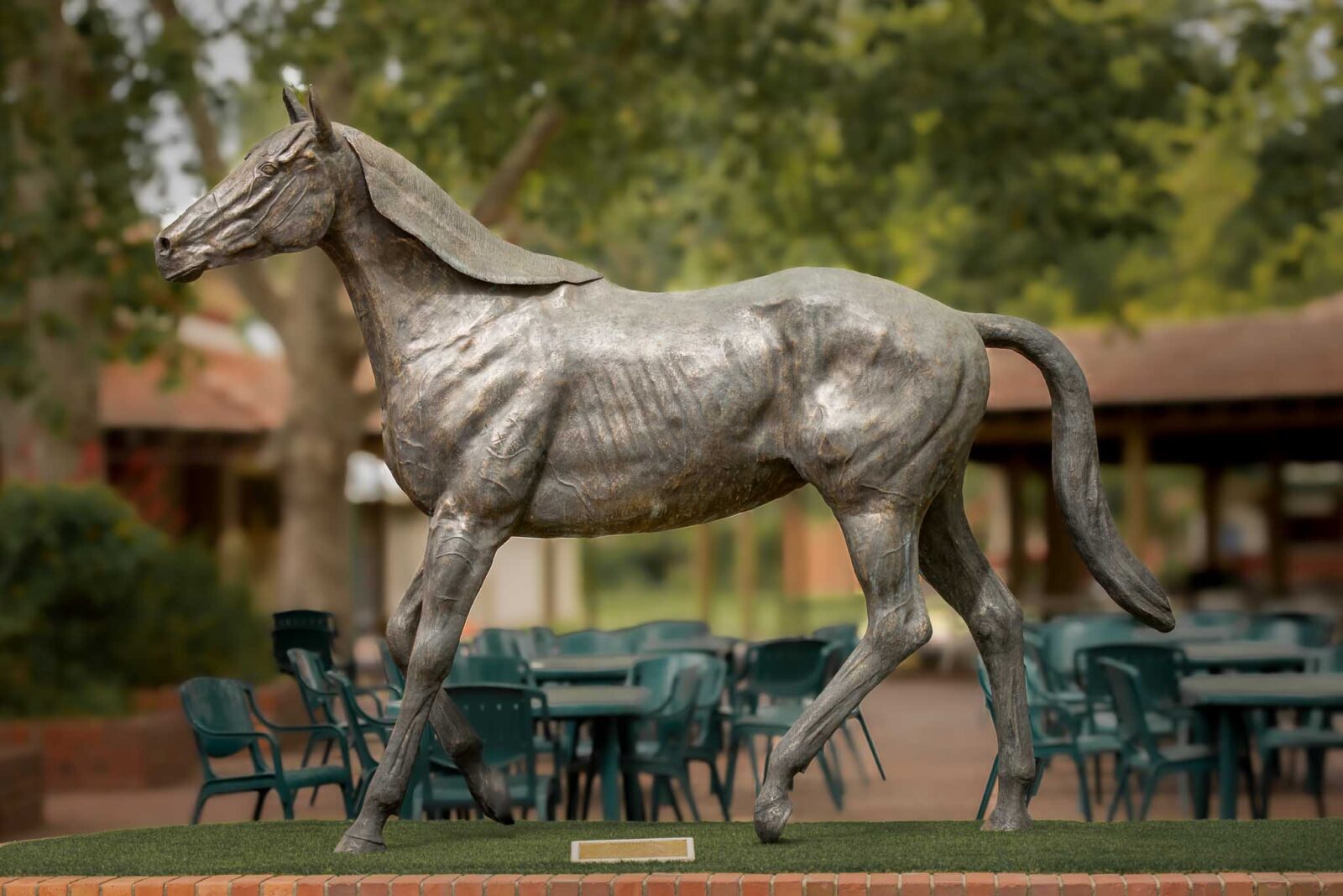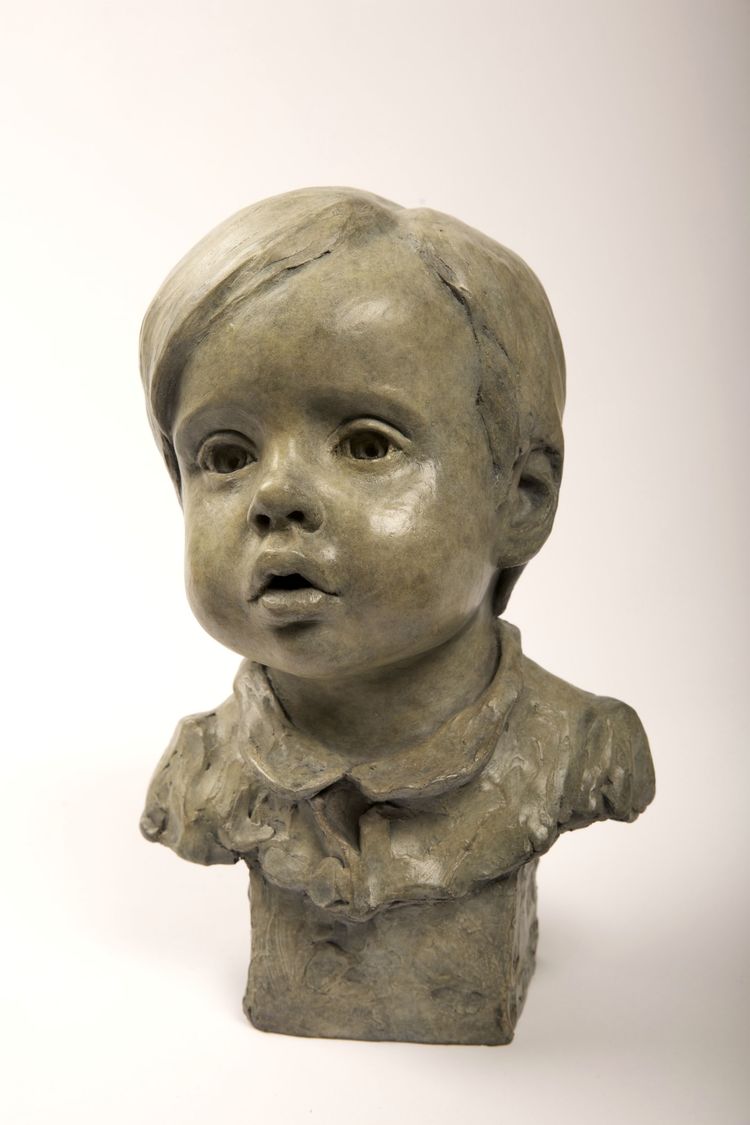Poise in Motion: Discover the Elegance of Equine Sculptures
Wiki Article
The Development of Sculptures: From Ancient to Modern
The Advancement of Sculptures: From Ancient to Modern.Sculpture, among the oldest kinds of art, has actually been an essential part of human world for millennia (Figurative Sculptures). From the ancient worlds of Egypt and Greece to the contemporary age, sculptures have actually progressed, showing adjustments in artistic methods, materials, and social impacts. This journey through time traces the growth of sculptures, exploring the shifts in vogue, subject issue, and imaginative expression
Beginning with the ancient world, sculptures crafted from stone and later bronze recorded the essence of deities, rulers, and daily life. The Renaissance duration saw a rebirth of timeless sculpting techniques, as musicians sought to mimic the graceful forms of old Greek and Roman sculptures. In the modern-day period, musicians tested typical borders, accepting abstraction and trial and error with brand-new materials.

This expedition will certainly explore the diverse development of sculptures, exposing the abundant tapestry of creative expression throughout various durations and societies.
Old Sculptures: From Stone to Bronze
Ancient sculptures transitioned from being carved out of stone to being cast in bronze. Stone sculptures, while outstanding in their very own right, were limited by the nature of the material.The introduction of bronze as a medium for sculptures produced a revolution in imaginative expression. Bronze supplied carvers the chance to create elaborate and lifelike types that were not feasible with rock. The procedure of casting bronze enabled for the production of multiple duplicates of a sculpture, making it possible for larger circulation and conservation of these imaginative masterpieces.
The shift from stone to bronze additionally saw a change in the subject of sculptures. While rock sculptures mostly shown gods, goddesses, and mythological figures, bronze sculptures began to show a more comprehensive variety of topics, including day-to-day people and pets. This growth of topic showcased the convenience and flexibility of the bronze tool.
Renaissance Revival: Forming in the Classical Style
The Renaissance rebirth of sculpture experienced a resurgence in the classical design, structure upon the innovations made during the transition from rock to bronze in old sculptures. Throughout this duration, musicians looked for to recreate the timeless visual and perfects of appeal that were prevalent in ancient Greek and Roman sculptures.Among the key characteristics of the Renaissance resurgence was the emphasis on naturalism and the human form. Artists like Donatello and Michelangelo aim to record the anatomical details and expressions of their subjects with unprecedented precision. They examined the body and included their observations right into their sculptures, leading to realistic and realistic depictions.
An additional essential aspect of the Renaissance rebirth was the expedition of viewpoint and depth. Artists used techniques such as contrapposto, where the weight of the body is moved to one side, producing a feeling of activity and dynamism. They likewise tried out with different products, including marble and bronze, to attain a degree of class and ins and out in their sculptures.
The classic design of the Renaissance rebirth had an extensive impact on later periods of art, functioning as a structure for the development of Western sculpture. It brought a restored gratitude for the charm and grandeur of the human form, and its heritage can still be seen in modern sculptures today.
Modernism and the Avant-Garde: Damaging Standard Boundaries

Among the crucial attributes of modernist sculpture was the focus on abstraction. Artists moved away from reasonable representations and instead concentrated on catching the essence of the topic with streamlined kinds and geometric forms. This separation from traditional representation enabled artists to express their feelings and ideas in a much more personal and subjective way.
In addition, Your Domain Name the progressive motion challenged social norms and conventions, motivating artists to experiment and push the borders of their art - Portrait Sculptor. Sculptors began integrating unusual products such as discovered objects, commercial products, and even natural environments into their job. This expedition of brand-new materials and techniques not just expanded the possibilities for sculpture however also tested the standard notions of what can be taken into consideration art
Contemporary Sculptures: Checking Out New Products and Concepts
With a concentrate on exploring brand-new materials and principles, contemporary sculptures have changed the field of art. Artists today are pressing the limits of traditional sculpture by using ingenious products and experimenting with abstract concepts. These sculptures test conventional concepts of form, significance, and materiality, welcoming audiences to participate in a provocative and brand-new artistic experience.Contemporary carvers are welcoming a large range of products, including plastic, glass, metal, and also natural matter. Equine Sculptures. They are not limited to the standard tool of rock or clay, permitting higher freedom of speech and trial and error. This shift towards unique products has actually opened up new possibilities for artists to produce sculptures that are vibrant, interactive, and aesthetically striking
In addition to exploring new materials, contemporary sculptures likewise dive right into facility and abstract concepts. Artists are now exploring themes such as identity, social problems, and the atmosphere, utilizing sculpture as an effective tool for social discourse and self-contemplation. These sculptures test audiences to think seriously and involve with art on a deeper level, stimulating discussions and prompting psychological responses.
International Impacts: Sculptural Customs From All Over The World

In ancient Egypt, sculptures were created mainly for funerary and religious purposes. The renowned sculptures of pharaohs and gods, such as the Great Sphinx and the bust of Queen Nefertiti, showcase the Egyptians' mastery of rock carving and their idea in the afterlife.
In ancient Greece, sculpture reached its optimal during the timeless duration. Influenced by the suitables of percentage, consistency, and elegance, Greek sculptures highlighted the human type and commemorated the achievements of heroes, gods, and professional athletes. The renowned sculptures of Aphrodite of Knidos and the Discobolus exemplify the Greeks' search of perfection in sculptural art.
In old Rome, sculpture served both artistic and political functions. Contemporary Sculptures. Roman sculptures commonly shown emperors, generals, and mythological figures, showing the power and grandeur of the realm. The marble statue of Augustus of Prima Porta and the huge Arc of Constantine are noteworthy examples of Roman sculptural success
Oriental sculptural traditions, especially in India, China, and Japan, have also had an extensive effect on the evolution of sculptures. Indian sculptures, such as the delicately carved holy places of Khajuraho and the colossal statuaries of Buddha, display an abundant combination of spiritual, mythological, and building aspects. Chinese sculptures, identified by their fine workmanship and attention to information, typically portray deities, pets, and famous numbers. Japanese sculptures, influenced by Buddhism, stress simplicity and harmony, seen in the serene sculptures of Buddha and the elegant art of bonsai.
The international influences on sculpture continue to advance in the modern-day era. As we look to the future, it is certain that the global influences on sculpture will continue to shape and redefine this ancient art form.
Conclusion
To conclude, the evolution of sculptures has seen a shift from old rock and bronze functions to the timeless rebirth throughout the Renaissance. This was complied with by the splitting of traditional borders via innovation and the progressive motion. Today, contemporary sculptures explore new products and principles, while additionally attracting motivation from global sculptural traditions. The trip of sculptures mirrors the ever-changing creative expressions and cultural influences throughout background.From the old people of Egypt and Greece to the contemporary age, sculptures have evolved, mirroring changes in creative methods, products, and social impacts.Starting with the old globe, sculptures crafted from rock and later on bronze captured the essence of deities, rulers, and daily life.Ancient sculptures transitioned from being carved out of stone to being cast in bronze. While stone sculptures mainly shown gods, sirens, and mythological figures, bronze sculptures started to reflect a wider range of subjects, including everyday people and animals.In conclusion, the evolution of sculptures has seen a shift from ancient rock and bronze functions to the timeless rebirth throughout the Renaissance.
Report this wiki page